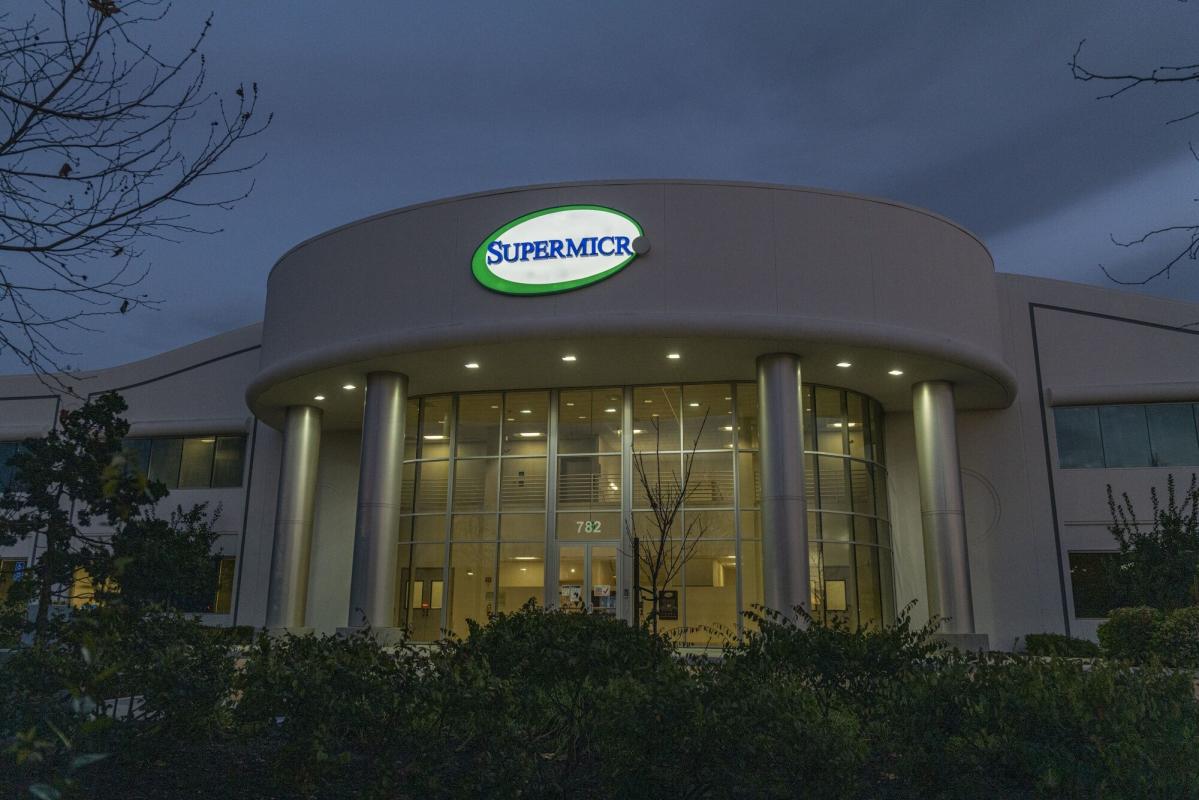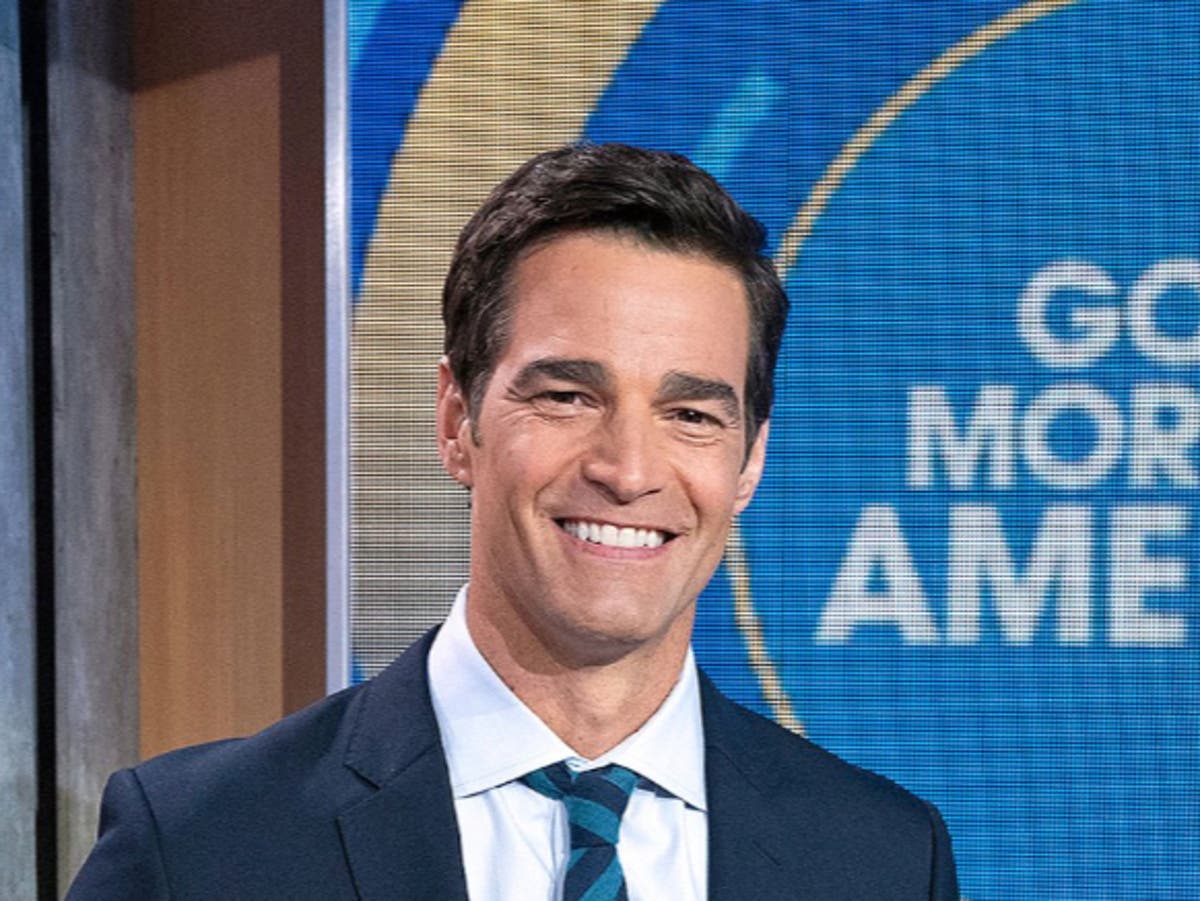Alarming rate of drug overdose deaths among children in Cook County
UCLA researchers have released new data indicating that death rates among teens in Cook County surpass the national average.
Fox – 32 Chicago
Parents often scramble to find help after their child survives a drug overdose. They book the first treatment center they find online and scrape together whatever it costs to pay for it.
“People are desperate,” said Pattie Vargas, a California mother who took out a second mortgage to pay for a spot at a facility for her son Joel, who was addicted to meth as a teen and to heroin as an adult. “They want to save their loved ones, so they just kind of grab any life raft that’s out there.”
Joel relapsed after that stay, cycling in and out of jail. In 2017, he died before his 36th birthday. Vargas now works as a counselor for other grieving parents and has become an advocate for better resources for the next generation.
As overdose deaths continue to increase among American teens, treatment for opioid use disorder remains limited. A new study shows that one intervention – inpatient treatment – is inaccessible to many. Few facilities exist nationwide and they are often unaffordable for families whose children are struggling with opioid addiction. Families must navigate a complex web of addiction treatment services as they try to avoid another overdose for their children, the study found.
Overdose reversal: A new ‘fentanyl fighter’ hits a market crowded with overdose reversal drugs
Searching for treatment options
Researchers called 160 treatment addiction facilities listed in the federal Substance Abuse and Mental Health Services Administration (SAMHSA) treatment locator in December 2022. Using a “secret-shopper” approach, the researchers presented themselves as the aunt or uncle of a 16-year-old who had a recent non-fatal overdose of fentanyl and asked about treatment options and costs. They learned how difficult it was for parents in these scenarios to find these kinds of interventions.
The study comes as fentanyl has driven an increase in adolescent overdose deaths, reflecting a similar spike in other age groups. Researchers focused on people who had non-fatal overdoses since they’re most likely to have fatal overdoses later on, said the study’s senior author Ryan Cook, a research and training scientist for addiction medicine at Oregon Health and Science University.
Suitable care facilities for young people aren’t broadly available, the study found.
“As it stands now, people in this sort of crisis shouldn’t be doing this on their own,” Cook said. “They shouldn’t be searching the internet and calling places like we did.”
Researchers found centers for adolescents had long waitlists, with an average wait to get a bed of about a month. The wait tended to be longer for more affordable public facilities than for pricier private centers. The average cost was $878 per day and an average up-front cost of $28,731.
No longer ‘just say no’: New approach to drug addiction offers nuance.
The study also found vast wastelands in the U.S. where even people with the funds were unable to find a nearby treatment site for a young person. Ten states and Washington, D.C., had no treatment facilities available. Many of the states that lacked teen facilities – including West Virginia, Kentucky and New Hampshire – have documented that they are facing opioid crises, including overdoses among youth. Only seven states met all the criteria the researchers were looking for: they accepted Medicaid, had an open bed and had buprenorphine, a drug to treat opioid use disorder, on hand.
Finding treatment often takes a herculean effort especially given how little help is available, according to the study, which was funded by the National Institute on Drug Abuse and the National Center for Advancing Translational Sciences.
While residential centers aren’t the most common point to get treatment, they are often what first comes to mind for parents. Cook acknowledged that treatment centers are just one avenue to recovery. It’s often better to consult primary care providers first, he added.
What’s best for a child in need of care?
Not everyone is going to need rehab, and it’s also not the best fit for many.
Practitioners like Pat Aussem, an addiction counselor and vice president of clinical content development at the nonprofit Partnership to End Addiction, said more assessment is needed to understand what a specific child needs for a healthier life.
Ultimately, providers should offer resources for teens to address a mental health disorder and culturally appropriate care for LGBTQ patients and people of color. They should then determine which facility matches a patient’s needs and whether inpatient care is needed. A facility should provide a psychiatrist who can prescribe medications and access to counseling and academic support during a child’s time away from school.
Parents need to navigate all of this while their child is in treatment. In addition, parents need to assess what resources are available once their child returns home. Many people, when they go home, come face-to-face with the factors that prompted them to use drugs in the first place.
Aussem said there’s a misconception among some parents that if they send their child to a residential treatment center, their child will be fixed and the problems won’t recur.
It’s important for the whole community to be involved when a child reenters after drug treatment, said Terrence Walton, executive director of NAADAC, the Association for Addiction Professionals. Families should be connected with recreational centers, mentoring programs and physicians and counselors who can track their child’s progress.
“Even if you find good treatment, you go back to a community,” he said, and finding “brick-and-mortar” help in your community “is an important part of the solution.”
Kathy Strain, from Lehigh Valley, Pennsylvania, has worked to make these kinds of transitions available to families dealing with a young person struggling with addiction. Her nephew Tommy, whom she raised like a son, was 9 when his father died of a heroin overdose. Tommy later had substance abuse issues. He died at 27 after taking heroin laced with fentanyl.
Strain said the language around addiction has changed: It no longer focuses on castigating users and their families for their moral failings but rather on understanding that addiction is a disease.
These honest conversations are a vital first step, said Strain, who is now an advocate for families like hers. But more resources are needed to make a difference.
For resources or support with substance use disorder, you can visit the SAMHSA.gov website or call 1-800-662-HELP (4357). Partnership to End Addiction’s SAFE Locator can help identify various treatment options across ages.

Rachel Carter is a health and wellness expert dedicated to helping readers lead healthier lives. With a background in nutrition, she offers evidence-based advice on fitness, nutrition, and mental well-being.






